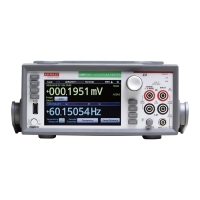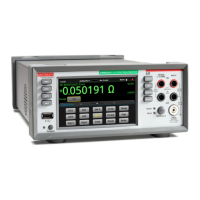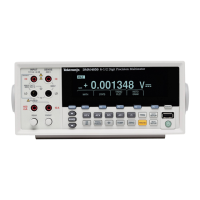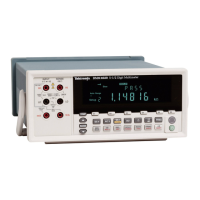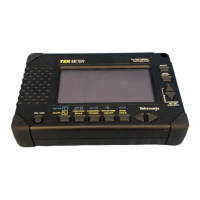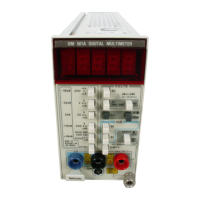TAS 200 Series Specifications
Handheld and Benchtop Instruments Basic Service
5
Table 8: Environmental Characteristics
Characteristic Description
Temperature
Operating 0° to 40° C
Nonoperating –40° to +70° C
Tested to MIL-T-28800D, paragraphs 4.5.5.1.3 and 4.5.5.1.4, except in 4.5.5.1.3 steps
4 and 5 (0° C operating test) are performed ahead of step 2 (–40° C nonoperating
test). Equipment shall remain off upon return to room ambient during step 6.
Excessive condensation shall be removed before operating during step 7.
Altitude
Operating ≤4,570 meters (15,000 feet). Maximum operating temperature decreases 1° C per
300 m (1,000 feet) above 1,500 m (5,000 feet).
Nonoperating ≤15,250 meters (50,000 feet)
Relative Humidity
Operating 30° to 40° C, 90% relative humidity +0%, –5%
Nonoperating 30° to 60° C, 90% relative humidity +0%, –5%
Five cycles (120 hours) referenced to MIL-T-28800D paragraph 4.5.1.2.2 for type III,
class 5 instruments. Operating and nonoperating at 90%, +0%, –5% relative humidity.
Vibration (Operating) 15 minutes along each of three major axes at a total displacement of 0.015 inch
peak-to-peak (2.4 g at 55 Hz) with frequency varied from 10 Hz to 55 Hz to 10 Hz in
one minute sweeps. Hold for 10 minutes at 55 Hz in each of three major axes. All
major resonances must be above 55 Hz.
Shock (Operating and Nonoperating) 30 g, half-sine, 11 ms duration, three shocks per axis each direction, for a total of 18
shocks.
Radiated and Conducted Emissions Meets EN55011, class A.
Safety Listed CSA C22.2 No. 231 and UL1244
Table 9: Typical Mechanical Characteristics TAS 200 Series
Characteristic Description
Dimensions 32.7 cm × 16.2 cm × 46.3 cm (12.9 inch × 6.38 inch × 18.2 inch)
Weight 7.0 kg (15.4 lbs)
Operating Voltages 100 V, 120 V, 220 V, 240 V,
10% variation from selector range permitted.
Line Frequency 50 or 60 Hz
Power Consumption 70 VA
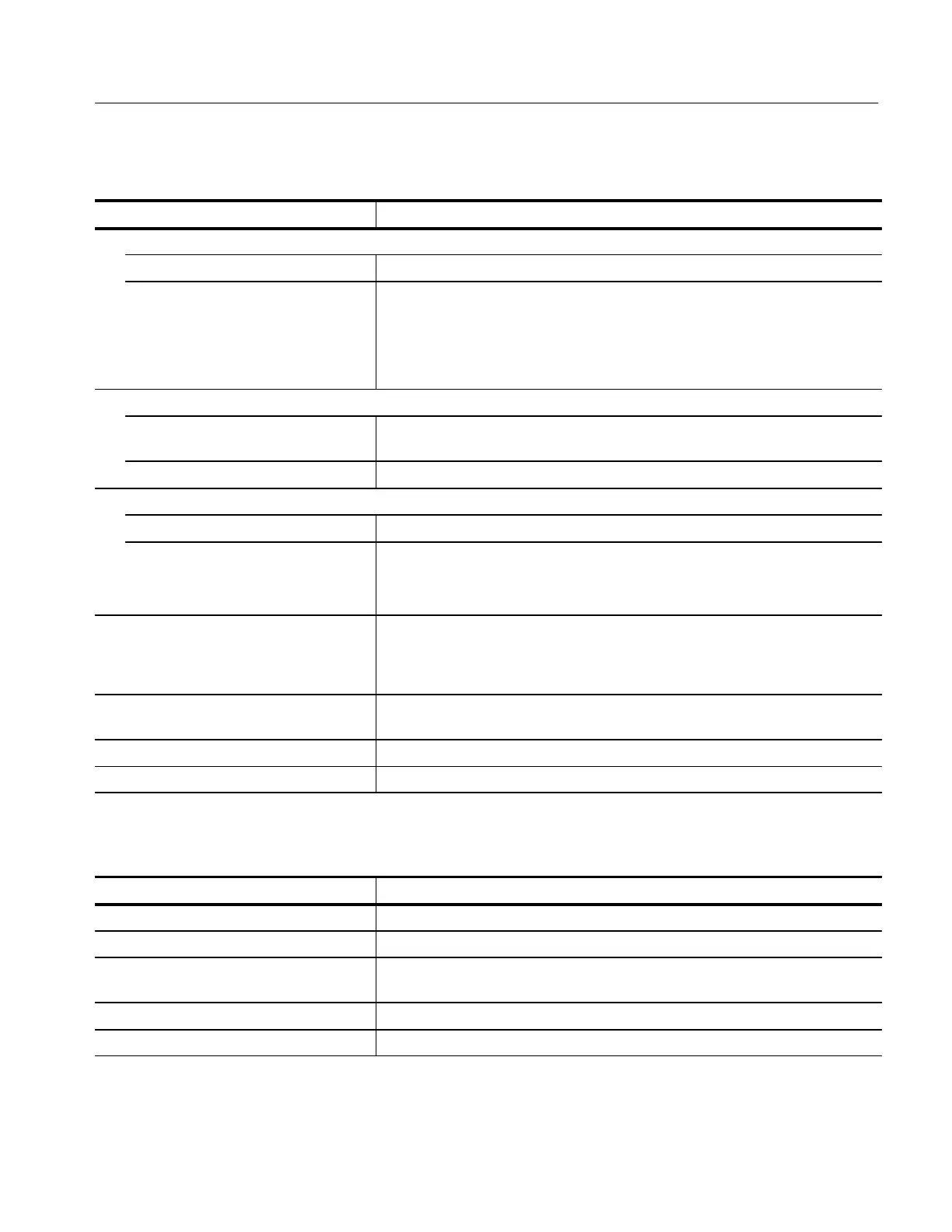